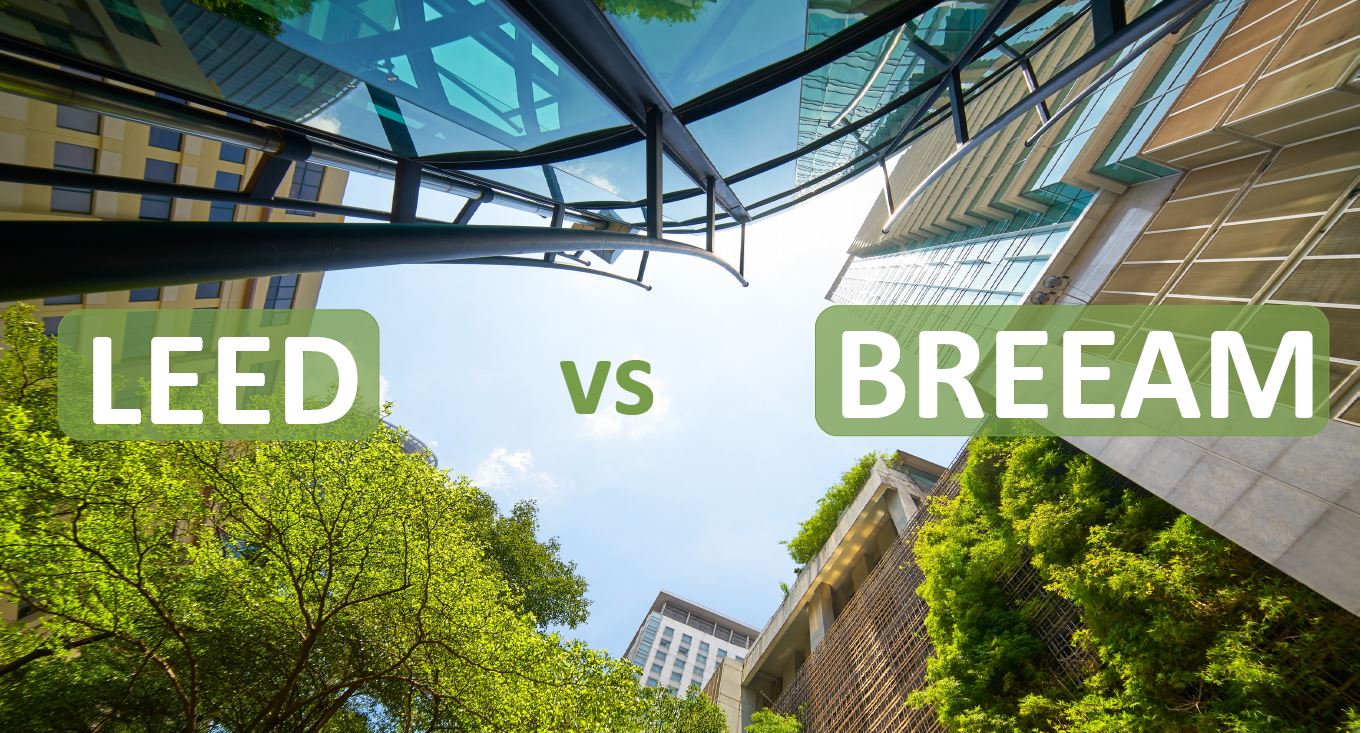


Ĭan be used to analyse design options and encourage the selection of products with a lower carbon footprint. Takes a whole lifecycle approach of the environmental impact of the building – whole lifecycle Greenhouse gas emissions are accounted for, not just operational emissions.Ĭan encourage decisions that reduce the environmental impact of building materials (including embodied carbon) over the lifespan of a building. Therefore, considering the embodied emissions of building materials is becoming more important in reducing the overall emissions of a building over its lifetime.Ĭalculating and optimizing building carbon footprint is demanded by certification schemes like BREEAM or LEED.Ĭan help project teams assess the overall environmental impact of a building. Improvements in Part L have led to reductions in the operational energy consumption of buildings, meaning environmental impacts associated with construction products can sometimes outweigh those from operational impacts.

The type of construction products and materials used can have a large impact on the environmental impact of a building over its life cycle. This research has been published in the report, Delivering sustainable buildings: Savings and payback."Ī building Life Cycle Assessment (LCA) is a method to evaluate the environmental impacts of construction materials used in the building fabric over the lifespan of a building. The same research found that achieving lower BREEAM ratings can incur little or no additional cost.

Growing evidence is demonstrating that sustainable developments, like those delivered through BREEAM, offer value in many ways, including: Reduced operational costs Research carried out by construction consultants Sweett Group and BRE found that office developers typically invest up to 2% more when targeting higher BREEAM ratings, and recover that additional investment in two to five years through savings in their energy and water bills. There may be a capital cost to building to the enhanced standards promoted by BREEAM, but this cost needs to be seen in the context of the overall value of sustainable development. It helps investors, developers, design and construction teams and occupiers to use natural resources more efficiently. From "Cost versus Value BREEAM was created as a cost-effective means of bringing sustainable value to development.


 0 kommentar(er)
0 kommentar(er)
